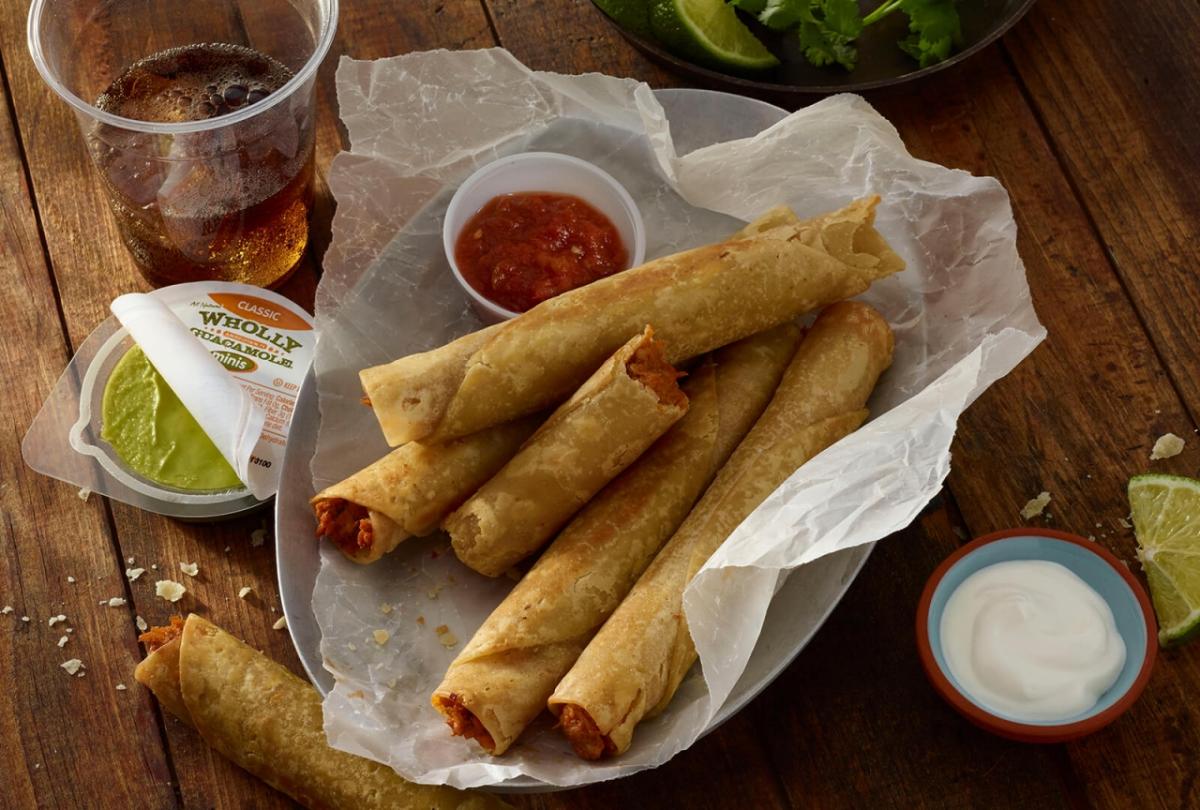Waste Not, Want Not
The big picture of food waste

Inspired | Stories from Hormel Foods
By Katie Plumski
Over 42 million Americans live in food insecure households while landfills within our country are increasingly over-burdened. The need to focus on food waste challenges has never been more urgent than now.
“Food waste is exactly what it sounds like: any food substance that is discarded. It can be raw or cooked, solid or liquid. It’s generated by the processing, handling, storage, sale, preparation, cooking and serving of foods; so it can happen anywhere along the supply chain, from the farm to the manufacturer to the retailer or restaurant, and in our homes or at work,” explains the Food Waste Reduction Alliance, an initiative anchored by the Grocery Manufacturers Association, the Food Marketing Institute, and the National Restaurant Association.
According to the Food and Agriculture Organization of the United Nations, one-third of all food produced for human consumption is lost or wasted, which is around 1.3 billion metric tons annually, enough to feed two billion people. According to the U.S. Environmental Protection Agency, more food reaches landfills than any other type of municipal solid waste. In addition, the World Economic Forum estimates that lost or wasted food drives approximately 4 percent of world energy consumption and 20 percent of freshwater consumption as well as using 30 percent of the world’s agricultural land area.
It is not conservative to say that food waste is a huge issue. It affects each and every one of us, or will at some point in the near future. The rumblings of experts say that our current worldwide population will increase more than 35 percent by the year 2050.
Both the opportunity and need to reduce our world’s food waste have never been greater than they are now. Starting right in the United States, reducing food waste can deliver significant environmental, social and economic benefits.
SOLUTIONS: Serving SizesOne of the biggest topics and areas for advancement is single serve sizes. Bigger is not always better, and that is a widespread mentality that is hard to break when it comes to food. So many times a restaurant has been recommended with the comment of “They give you way more food than you can eat! You definitely won’t leave hungry!” Food for thought: would you rather pay less for a small portion and make a difference against food waste, or be overfilled and still have half the plate thrown away?
Singles, minis, snacks and bites. Any foods that are single serve are making a difference in the food waste effort. If consumers are eating what is opened, less food is wasted. Wholly Guacamole® minis, Hormel® pepperoni snack bites and Justin’s® squeeze packs were all designed with this in mind. You’ll also recognize these efforts through the introduction of the snack size ice cream treats at McDonald’s and products like fun size candy bars and to go snack cups. These portion-sized packs are ideal for single-person households, which have increased by 30 percent in recent years.
SOLUTIONS: Shelf LifeAnother angle to look at food waste is through the amount consumers throw away. Feeding America tells us that an astonishing 40 percent of food produced in the United States never gets consumed, but instead gets tossed out; a truly unsettling statistic when you think about how many families throw more food away than the amount some families even get to bring into the house.
One way to improve the numbers? Products with a long shelf life. When compared to foods like fresh fruits and vegetables, many shelf-stable products lead to less waste because the consumer has a longer time to use them before they spoil.
“Shelf life plays a huge role in food waste, not only for consumers, but for grocery stores, restaurants and food companies too. Extending shelf life can be a pivotal method in reducing waste and feeding more people in a cost-effective manner,” said Kelly Braaten, manager of corporate responsibility communications for Hormel Foods, citing brands like Hormel® Compleats® microwave meals, Dinty Moore® stew and Valley Fresh® canned chicken. “These products also have an additional benefit – they do not require the energy needed for refrigeration when being shipped or stored.”
SOLUTIONS: Giving BackOne of, perhaps, the most logical ways to address food waste is through donations. Companies around the world are increasingly making it a priority to donate to those in need. Hormel Foods alone donated $7.4 million in cash and product donations toward hunger relief efforts, including products donated to food banks and disaster relief efforts in 2016.
Hormel Foods is not alone in its substantial initiatives to reduce food waste. The Food Waste Reduction Alliance has set its goals to reduce food waste by half by 2020 based on 2016 levels, increase the amount of food donated, and recycle unavoidable food waste by diverting it from landfills. Campbell Soup Company, ConAgra Foods, Aramark, Darden Restaurants, Del Monte Foods, Kellogg Company, General Mills, McDonald’s, Kroger, Unilever, Walmart and many, many more are supporting these goals and are working toward reducing food waste.
These goals are more than numbers in reports, but are real impact that, when achieved across the industry, make a difference in feeding the world. We are all taking on the challenges of food waste in an attempt to shrink environmental footprint and simultaneously reduce hunger in America.
“Food waste is a serious issue facing our industry and our world, and is an issue that is on all of our plates to address,” said Tom Raymond, director of environmental sustainability for Hormel Foods. “We have always been a company focused on eliminating waste in any form, and we are always looking for ways to contribute to the solution.”

